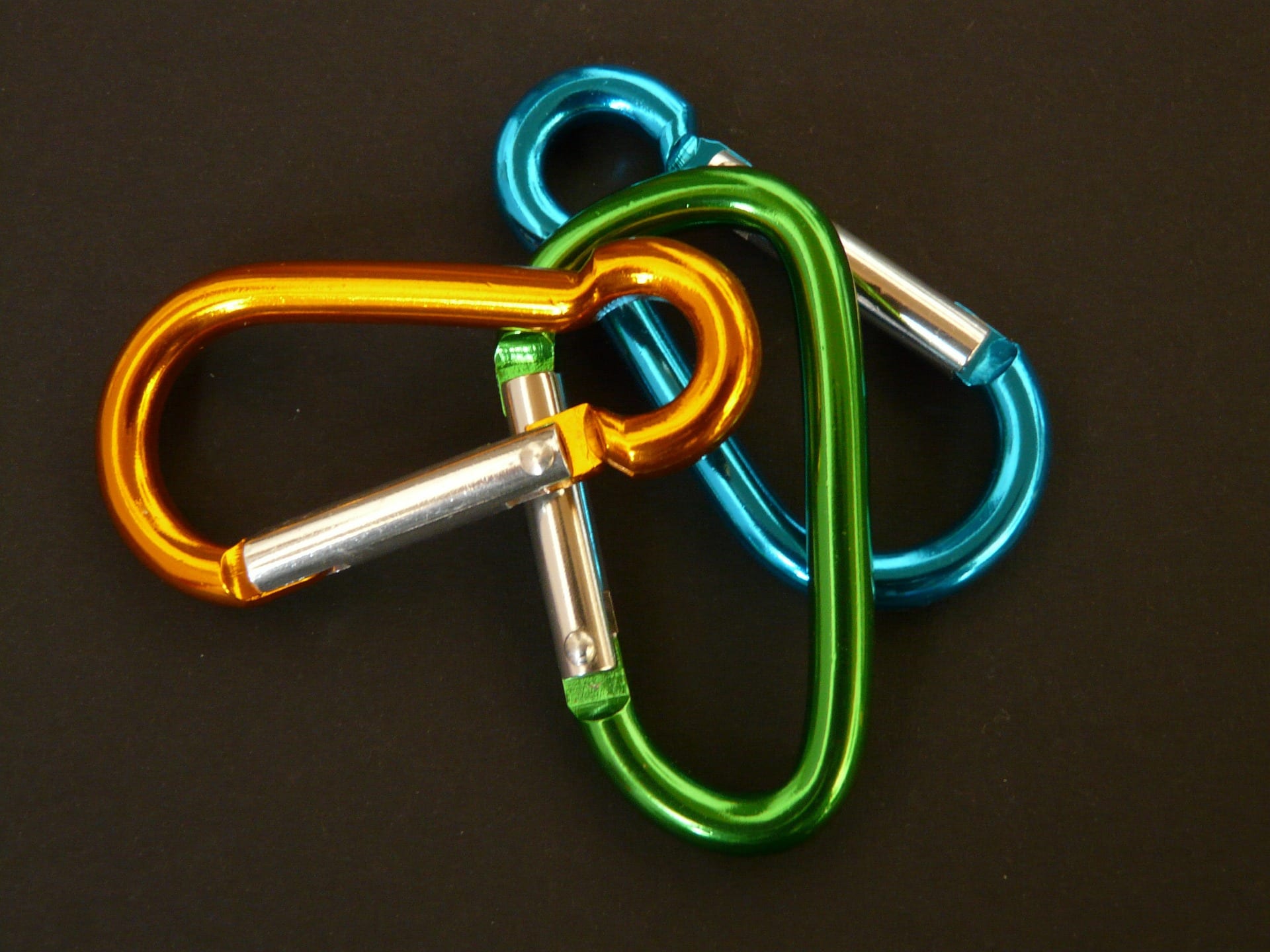
Mastering React Hooks Series Unveiling the Power of useRef (Part 3)
Welcome back to the third installment of our React Hooks series! In the previous blog posts, we delved into the fascinating world of hooks, exploring their significance and discussing essential hooks like useState, useEffect, useContext, and useReducer. These hooks empower us to replicate class-based component functionality in functional components and create a simplified Redux store. In the upcoming articles, we'll delve deeper into Redux. However, for now, let's focus on the useRef hook.
Understanding useRef:
The useRef hook is a powerful tool that grants us access to DOM nodes and allows us to persist data across rerenders. In this blog post, we'll explore how to leverage useRef for various scenarios.
- Mastering React Hooks: State & Effect: Simplify Your React Components Part 1
- Mastering React Hooks: Unleashing the Power of useContext and useReducer Part 2
- Optimize Your React App with useCallback and useMemo: React Hooks Series Part 4
Accessing DOM Elements:
One primary use case for useRef is gaining access to DOM elements. Let's consider an example where we use useRef on an input element to focus on it after a click event. Additionally, we utilize the .current property to retain the input's value. Here's a snippet of how it can be implemented:
import React, { useRef } from 'react';
const RefFunctionComponent = () => {
const bestEredivisieClub = useRef('Ajax');
const focusRef = () => {
bestEredivisieClub.current.focus();
};
return (
<div>
<input
ref={bestEredivisieClub}
type="text"
value={bestEredivisieClub.current}
/>
<button onClick={focusRef}>Focus on the ref object</button>
</div>
);
};
export default RefFunctionComponent;
Preserving Values Across Rerenders:
Unlike the createRef API, which provides a new value after each rerender, useRef maintains its value throughout successive rerenders. In the following example, we compare the behavior of createRef and useRef when changing values after a specific time interval:
import React, { useRef, useState, createRef, useEffect } from 'react';
const RefFunctionComponent = () => {
const [rerender, setRerender] = useState(1);
const useRefHook = useRef('Ajax');
const createRefAPI = createRef();
createRefAPI.current = 'Ajax';
useEffect(() => {
setTimeout(() => {
useRefHook.current = 'PSV';
createRefAPI.current = 'PSV';
console.log(useRefHook, createRefAPI);
}, 5000);
}, []);
return (
<>
<p>Aantal keer gererendered: {rerender}</p>
<p>
<b>useRef</b> Wat is de slechtste club: {useRefHook.current}
</p>
<p>
<b>CreateRef</b> Wat is de beste club:{createRefAPI.current}
</p>
<button onClick={() => setRerender((v) => v + 1)}>
Cause re-render
</button>
</>
);
};
export default RefFunctionComponent;
Conclusion:
As demonstrated, the useRef hook is a valuable addition to your React toolkit, providing seamless access to DOM elements and enabling the preservation of values across rerenders. Stay tuned for our next blog article, where we'll explore useMemo and useCallback. If you require assistance with your React project, our professionals are always ready to lend a helping hand.
For professional React development support, feel free to reach out to us!
What Can We Solve For You?
Is your business facing tech headaches or project bottlenecks? Tell us your biggest challenges—we’re here to help you overcome them, whether it’s with custom software, cloud solutions, or a fresh perspective. Share your headache!
SCHEDULE A FREE CALL